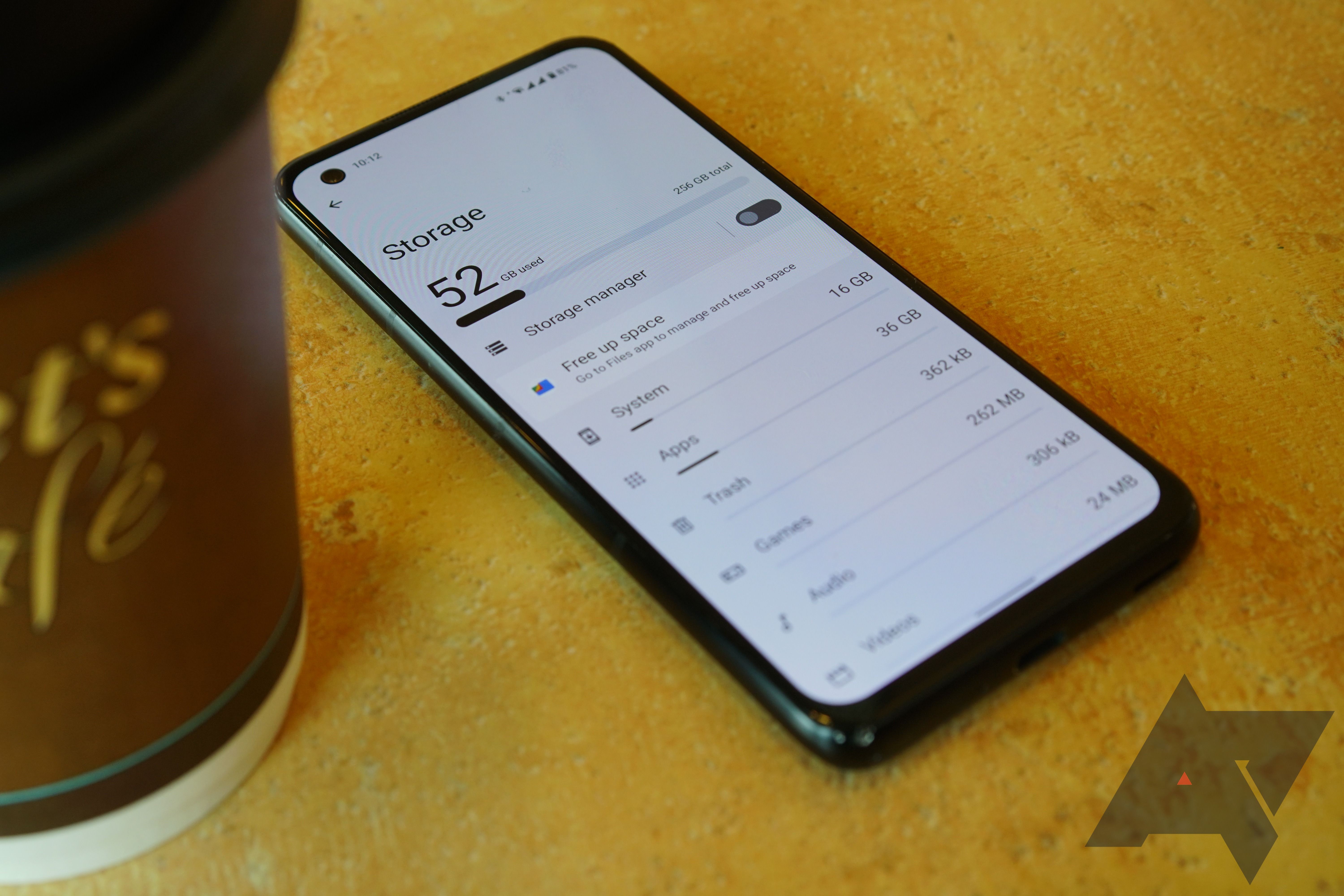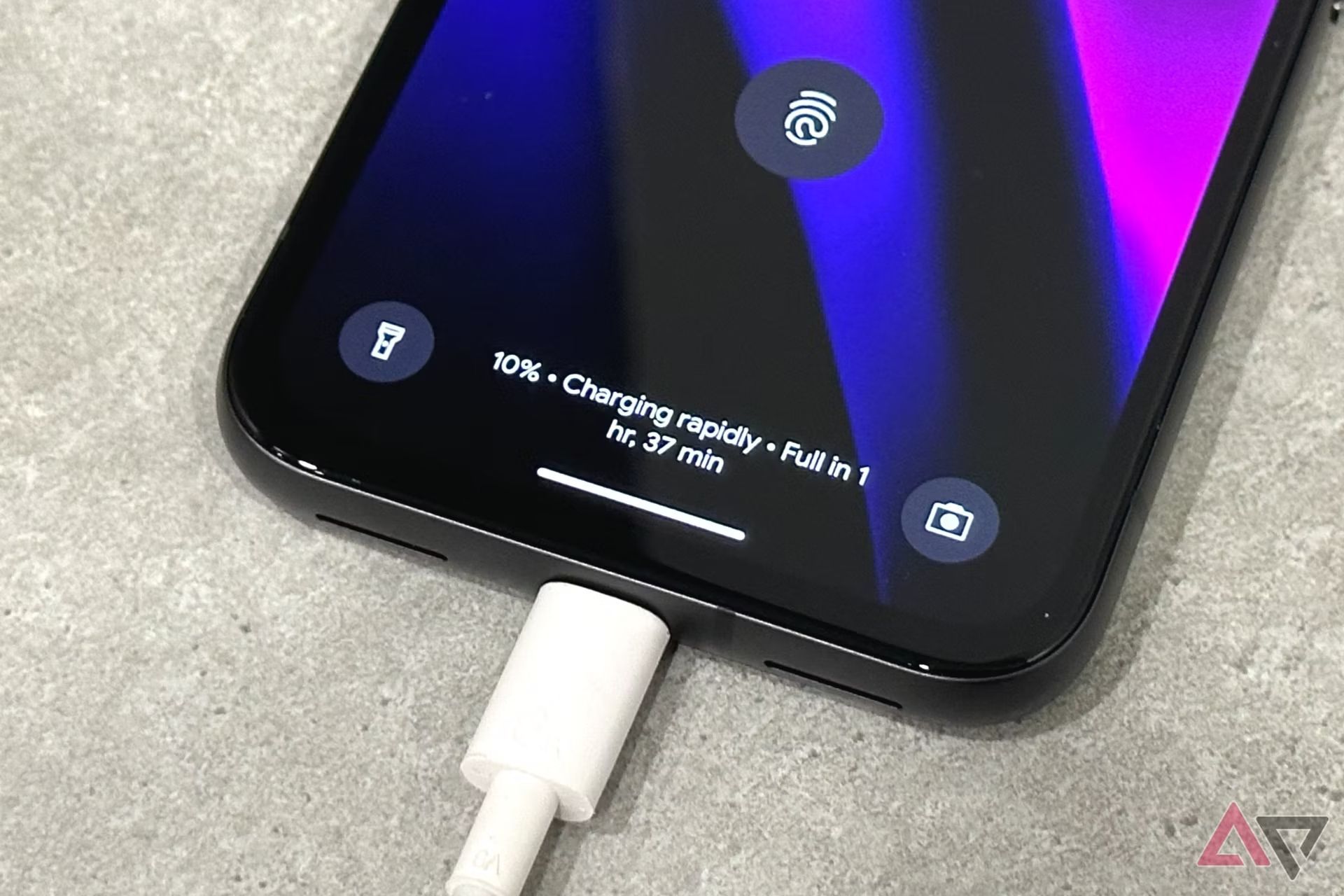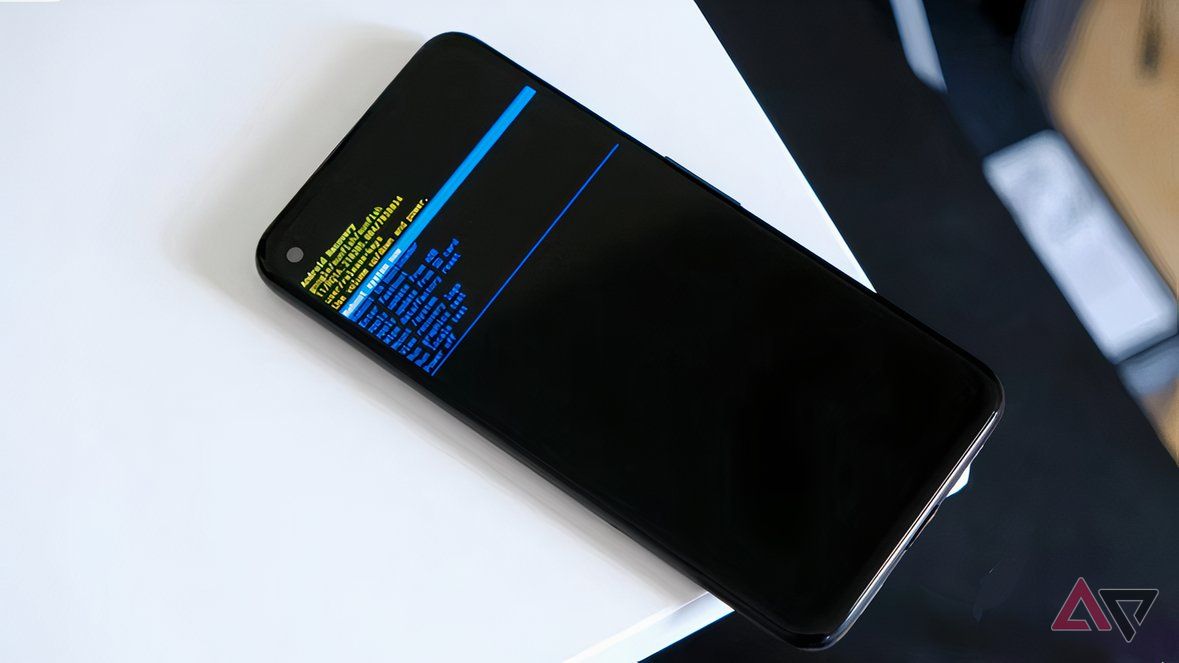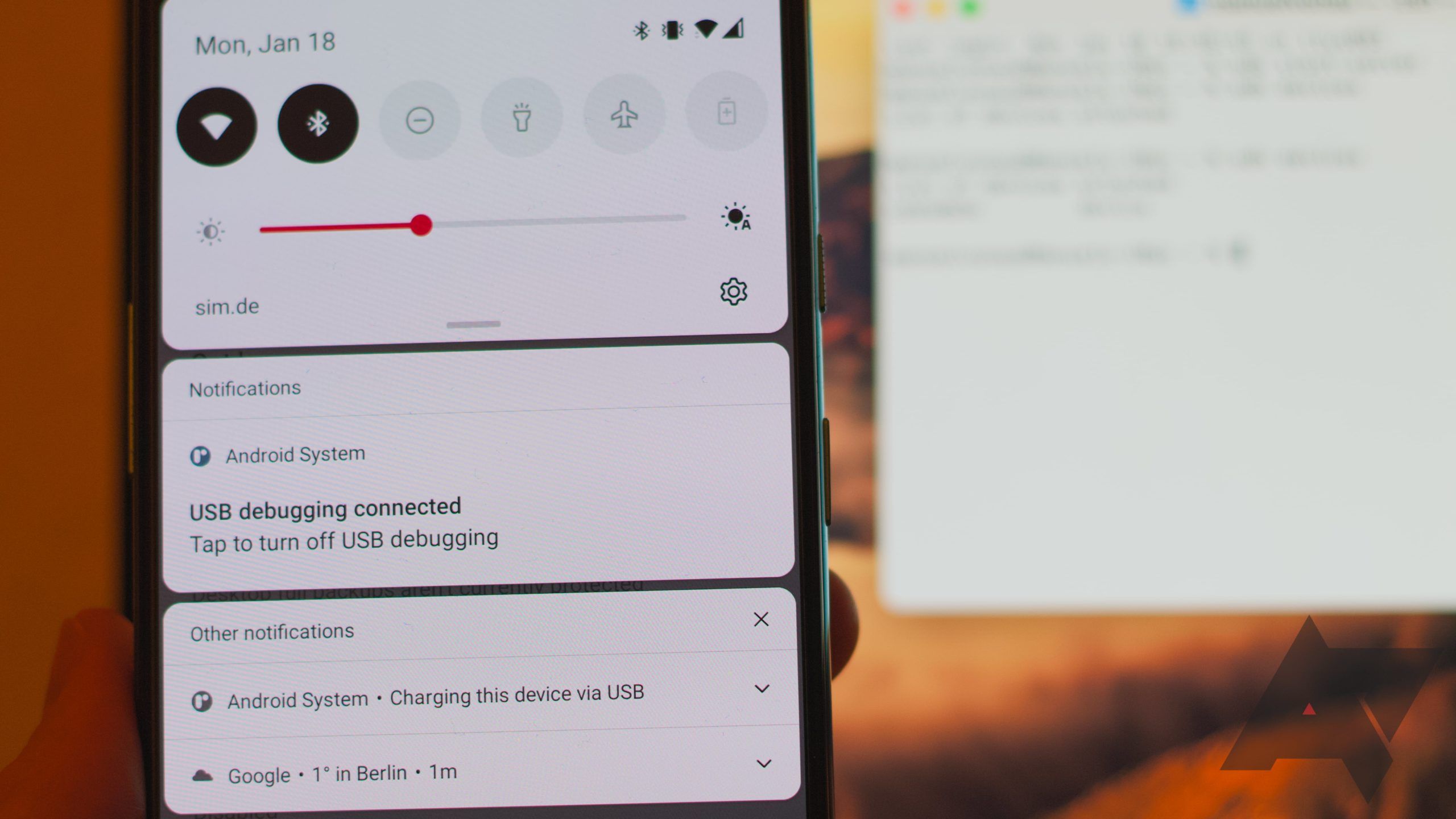Bugs cause performance problems that a simple restart won’t solve. These can occur after you install or update old apps. This is when a factory reset helps. A factory reset is essential before you sell or give away your Google Pixel phone. It safeguards your personal data by erasing all data, apps, and settings. Here’s a step-by-step guide on how to factory reset your Google Pixel 8a.
Steps to take before performing a factory reset
Before proceeding with a factory reset, you must follow several essential steps to ensure a trouble-free experience. A factory reset wipes everything on your device, returning it to its original settings, so prepare beforehand. Here’s what you’ll do to avoid hassles.
Back up your files, photos, and other data
Before you do a factory reset, back up your data. A factory reset erases everything, so save your photos, videos, and anything else that matters to you. You can use Android’s built-in backup options or a reliable third-party tool.
Google One is the easiest way to restore your data. Download the app from the Play Store and check when your files were last backed up. If needed, tap Backup now to save your data. After setting up your new Android device, restore the backup, including SMS messages, saved Wi-Fi networks, wallpaper, and apps.
Note the passwords, account information, or app settings you must re-enter after the reset. You’ll avoid any inconvenience when your device is back up and running.
Make sure your phone is fully charged
Plug in your phone and check it’s charged before doing a factory reset. The factory reset process can take up to an hour as it erases everything and restores the original settings. Running out of battery during a reset can cause incomplete software installation, making it bricked, which might need professional repairs.
Turn off Factory Reset Protection (FRP)
Google introduced Factory Reset Protection in Android 5.1 Lollipop to prevent unauthorized access to your phone if it’s lost or stolen. When this feature is turned on, you must sign in as the device owner to complete a factory reset. Since you can’t deactivate FRP remotely, it’s a necessary step to avoid issues after parting with your device.
- Open Settings.
- Scroll down and open Passwords & Accounts.
- Tap your Google account.
- Tap Remove Account.
- On the following pop-up, tap Remove Account.
- On the last pop-up, tap OK.
- Enter your password or scan your fingerprint as prompted to confirm.
- After removing the Google account, scroll down and open Security.
- Scroll down and tap Screen Lock
- Select None.
- When prompted, tap Delete if you want to delete your screen lock.
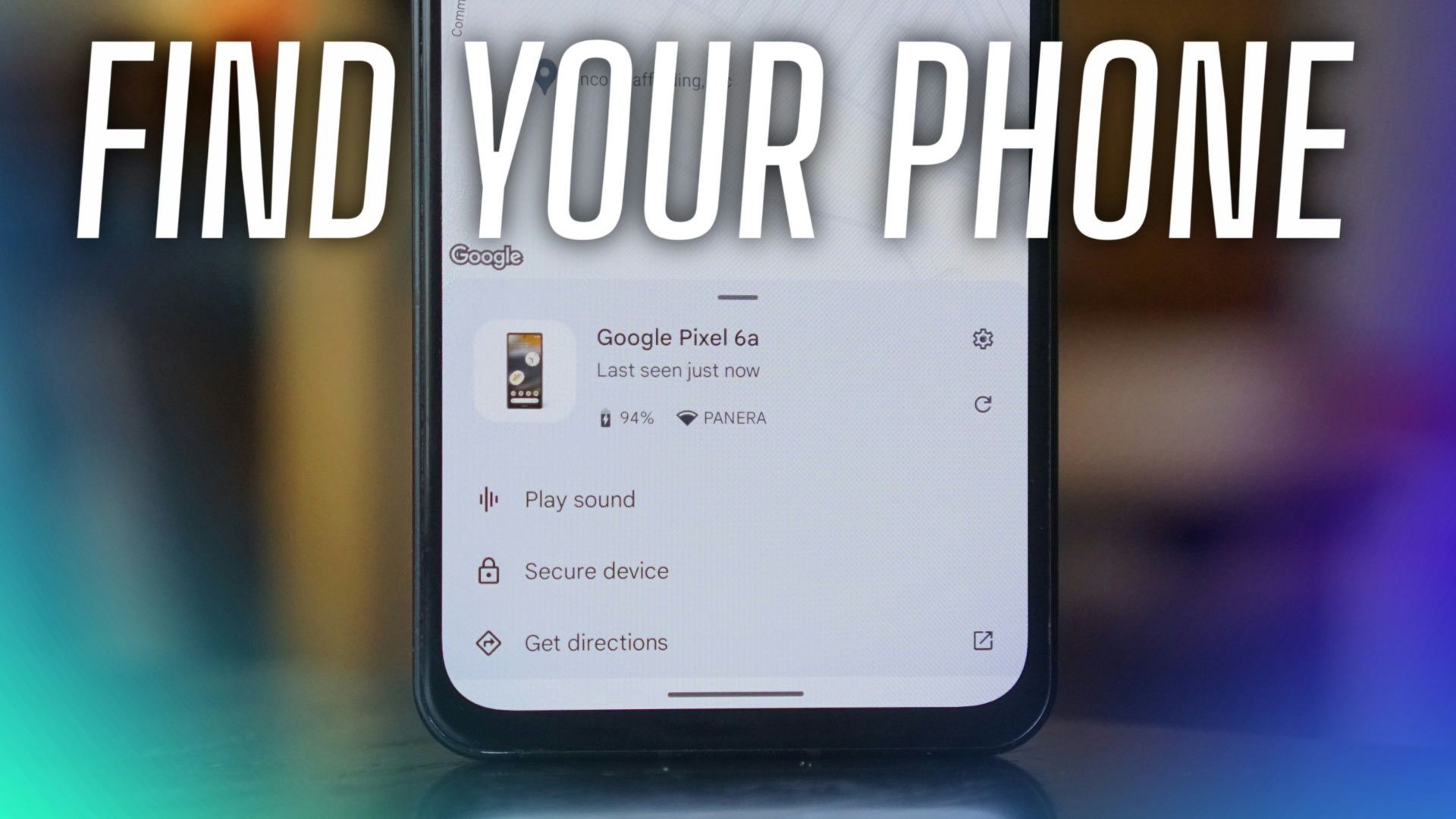
Related
How to reset a Pixel 8a from the settings
Using the system settings menu to factory reset the Google Pixel 8a doesn’t require a special button combination. Follow the steps below to reset your device from the settings.
- Open the Settings app on your phone.
- Scroll down and tap System.
- Scroll down to the bottom and select Reset Options.
- Select Erase All Data (Factory Reset).
- Enter your screen lock method (PIN, password, or pattern) to confirm the reset.
- Wait for the factory reset process to complete. If your device has a lot of data, it may take 5 to 10 minutes.
- When the process is complete, your phone restarts, and you are taken to the initial system setup screen.
How to hard reset a Pixel 8a via Android Recovery Mode
The Android Recovery Menu is a built-in tool that troubleshoots your Android device when you can’t fix issues through the standard system interface. The recovery menu provides access to several maintenance options that restore the device to optimal performance. It is helpful in scenarios such as when your phone is not responding, you are locked out, or you need to wipe the device clean for a fresh start.
Follow these step-by-step instructions to hard reset your Google Pixel 8a using the Recovery Menu.
- Power off the device.
- When the device is off, press and hold the Power and Volume Down buttons together until the Fastboot Interface appears.
- Use the Volume Rocker to scroll through the Fastboot menu and select Recovery Mode by pressing the Power key.
- Use the Volume Rocker to navigate to Wipe Data/Factory Reset, then press the Power key.
- Select Factory Data Reset and confirm.
- Wait for the data wipe to complete, then select and confirm by tapping Reboot System Now.
- When the device reboots, complete the initial system setup to use your phone.
If you’re comfortable using Android Debug Bridge (ADB) commands, you can access the recovery menu with a simple shortcut. Type the command adb reboot recovery while your device is connected to a computer to launch recovery mode. Use this command to avoid pressing button combinations or manually navigating the bootloader.
A fresh start: Trade in and trade up
Now that you’ve reset your phone, it’s ready for a new owner. It’s completely wiped and set up for resale or trade-in. If you’re considering upgrading, take this chance to explore the latest trends in mobile technology. Foldable phones enhanced by on-device artificial intelligence, such as Gemini Nano, are leading innovation. These phones offer displays almost as spacious as a tablet and features that are perfect for your next device.

Google Pixel 8a
The Pixel 8a wants you to forget the Pixel 8 ever existed. With some crucial upgrades over its predecessor, including a brighter display, faster processor, and larger battery, Google’s latest mid-range smartphone is the perfect combo of speed and AI smarts. And with seven years of OS upgrades, it’s the longest lasting $500 smartphone you can find today.




